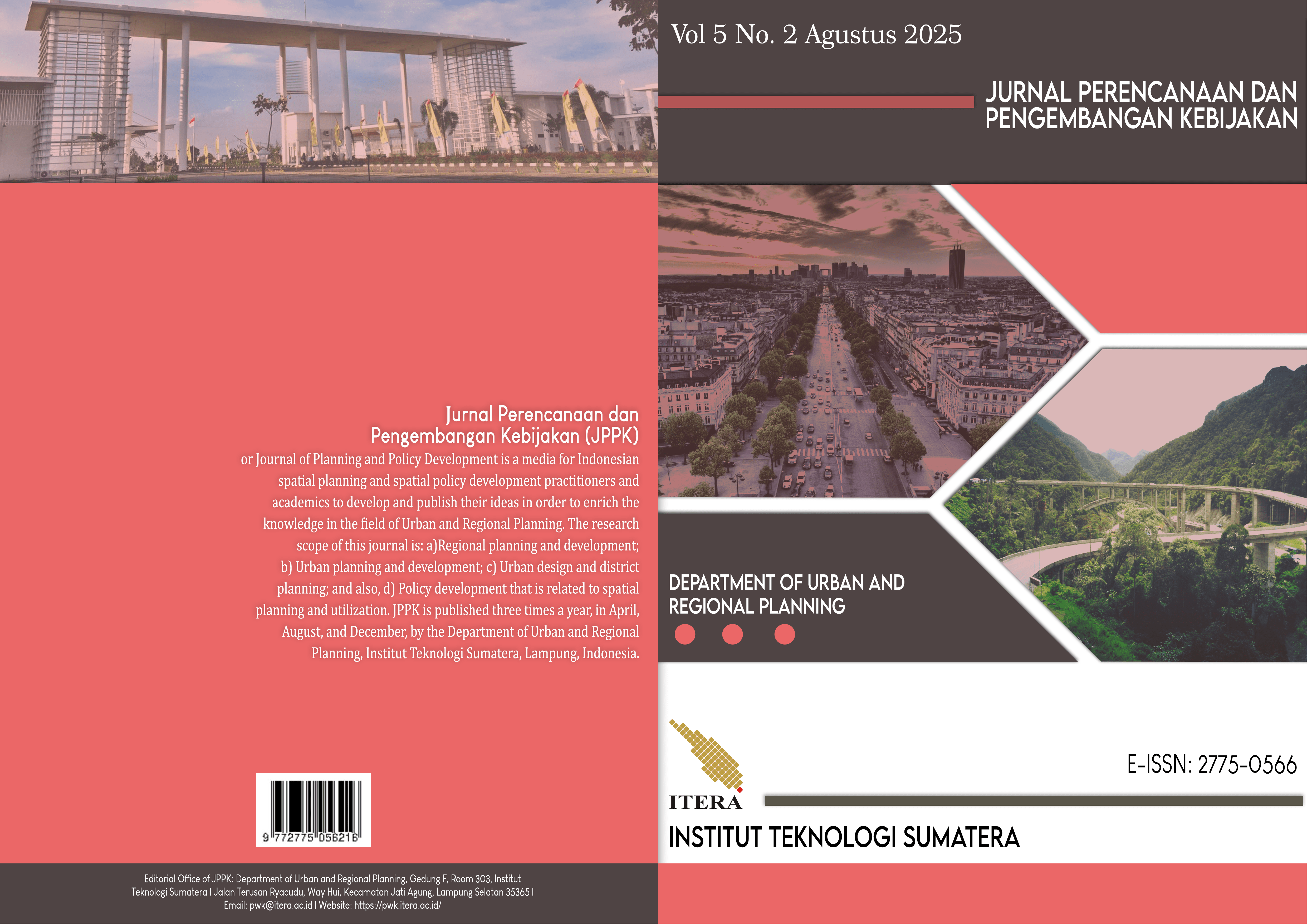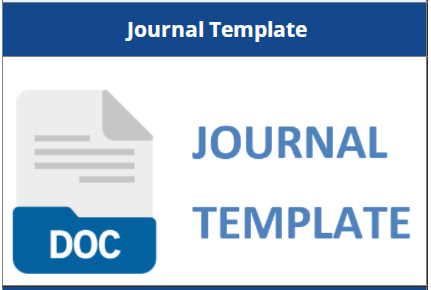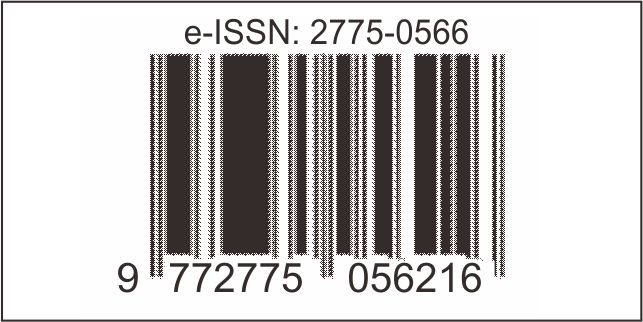Karakteristik Permukiman Kumuh di Kawasan Pesisir Kota Bandar Lampung
Abstract
Urban growth often leads to various issues, one of which is slum problems. This study identifies the characteristics of slum settlements in the coastal area of Bandar Lampung City, with the aim of understanding the physical and non-physical conditions that influence slum development. The slum settlements in the coastal area emerged due to geographic, social, economic factors, and non-compliance with regulations, making them vulnerable to natural disasters. The method used is qualitative descriptive, with data collection through observation and questionnaires. The results indicate that the slum settlements are divided into two types: those located on land and those standing above the sea. The infrastructure conditions in these slum areas are very poor, including irregular building structures, non-compliance with technical standards, and deficiencies in waste water management, garbage collection, and fire protection. The socio-economic aspects of the community also show low levels of welfare, with the majority of the population working in the informal sector. This research is expected to contribute to the formulation of strategies for addressing slum settlements in the coastal area of Bandar Lampung.
Downloads
References
Fitri, D. A. (2020). Faktor-Faktor Penyebab Munculnya Permukiman Kumuh Daerah Perkotaan di Indonesia (Sebuah Studi Literatur). Universitas Negeri Surabaya.
Kementerian Pekerjaan Umum. (2025, January 10). Panduan Kebijakan dan Program Penanganan Permukiman Kumuh Terpadu. Https://Klop.Pu.Go.Id/Knowledge/Panduan-DAK-Tematik-PPKT
Krishna, A., Sriram, M. S., & Prakash, P. (2014). Slum types and adaptation strate-gies: identifying policy-relevant differences in Bangalore. Environment and Urban-ization, 26(2), 568–585. https://doi.org/10.1177/0956247814537958
Maharani, L. A., & Umilia, E. (2014). Tipologi Permukiman Kumuh di Pinggiran Selatan Kota Surabaya. Jurnal Teknik POMITS, 3.
Panduan Penyusunan Rencana Pencegahan Dan Peningkatan Kualitas Perumahan Kumuh Dan Permukiman Kumuh, Pub. L. No. Surat Edaran Direktur Jenderal Cip-ta Karya Nomor 30/SE/DC/2020 (2020).
Samsu. (2021). Metode Penelitian: (Teori dan Aplikasi Penelitian Kualitatif, Kuan-titatif, Mixed Methods, serta Research & Development) (Rusminin & Murjoko, Eds.; II). Pusat Studi Agama dan Kemasyarakatan (PUSAKA).
Sekaran, U. (2003). Research Methods for Business: A Skill-Building Approach (4th ed.). John Willey and Sons.
Surat Edaran Nomor: 40/SE/DC/2016 Tentang Pedoman Umum Program Kota Tanpa Kumuh, Pub. L. No. 40/SE/DC/2016 (2016).
Syahrizal, H., & Jailani, M. S. (2023). Jenis-Jenis Penelitian Dalam Penelitian Kuantitatif dan Kualitatif. Jurnal Pendidikan, Sosial Dan Humanoira, 1.
Yulia, F., Istijono, B., & Hidayat, B. (2024). Efektivitas Program Kota Tanpa Ku-muh (Kotaku) Dalam Menangani Permukiman Kumuh Di Kota Padang (Studi Ka-sus : Kelurahan Binuang Kampung Dalam Kecamatan Pauh). Jurnal Niara, 3(16), 642–651.












